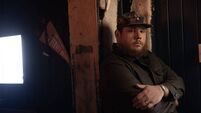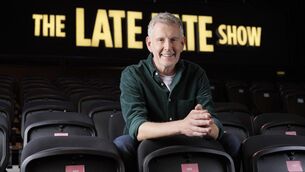Limerick photographer Norman McCloskey captures the Kingdom in all its glory
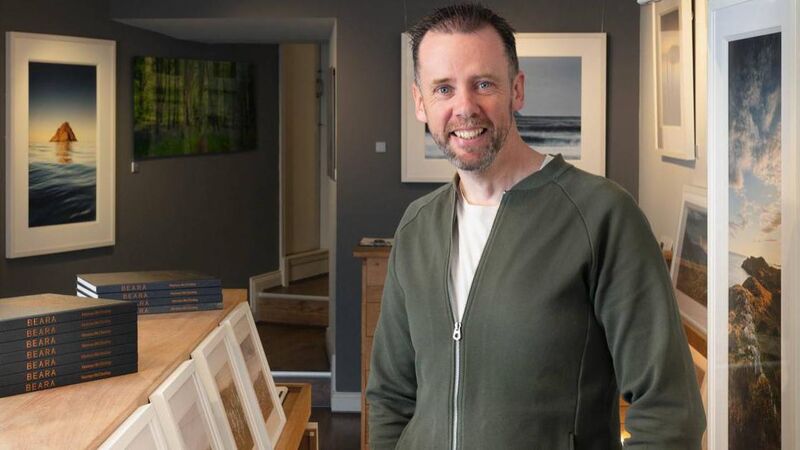
Kenmare-based photographer Norman McCloskey has just published a book of his pictures, entitled Kingdom.
A few summers ago, in July 2019, Kenmare-based photographer Norman McCloskey went to the Skelligs in one of the boats that regularly take visitors out to the remarkable Unesco world heritage site. Except this was no everyday tourist trip.
For one thing it was 3.30am and still dark; for another McCloskey was the only passenger — he had exclusively chartered the boat and captain for the day, at considerable expense. For the following few hours the award-winning, Limerick-born photographer was on a mission to capture a memorable and meaningful image of the small craggy islands, particularly what George Bernard Shaw called “the most fantastic and impossible rock in the world”, Skellig Michael. He had made two previous trips, in similar circumstances, but the weather and the light closed in and McCloskey got nothing, despite the time, effort and money.
“Those islands are eight miles out, so it’s hard to predict the weather, and conditions can change very quickly, but this was an absolutely perfect morning— the water was like a mirror,” enthuses 51-year-old McCloskey. “It was spectacular; even the captain said he’d never seen anything like it in all his years on the water. We both felt it, and we both went really quiet.”
One of the photographer’s chief ambitions was to catch first light striking Skellig Michael. “It was just after five o’clock, we stopped a little way off the rock, and I realised that the water was so flat calm that, if I hung off the back of the boat and put the camera down almost on the surface of the water, I might be able to capture the reflection of the island in the ocean. And that was the shot. That was ‘Skellig Shimmer’.”
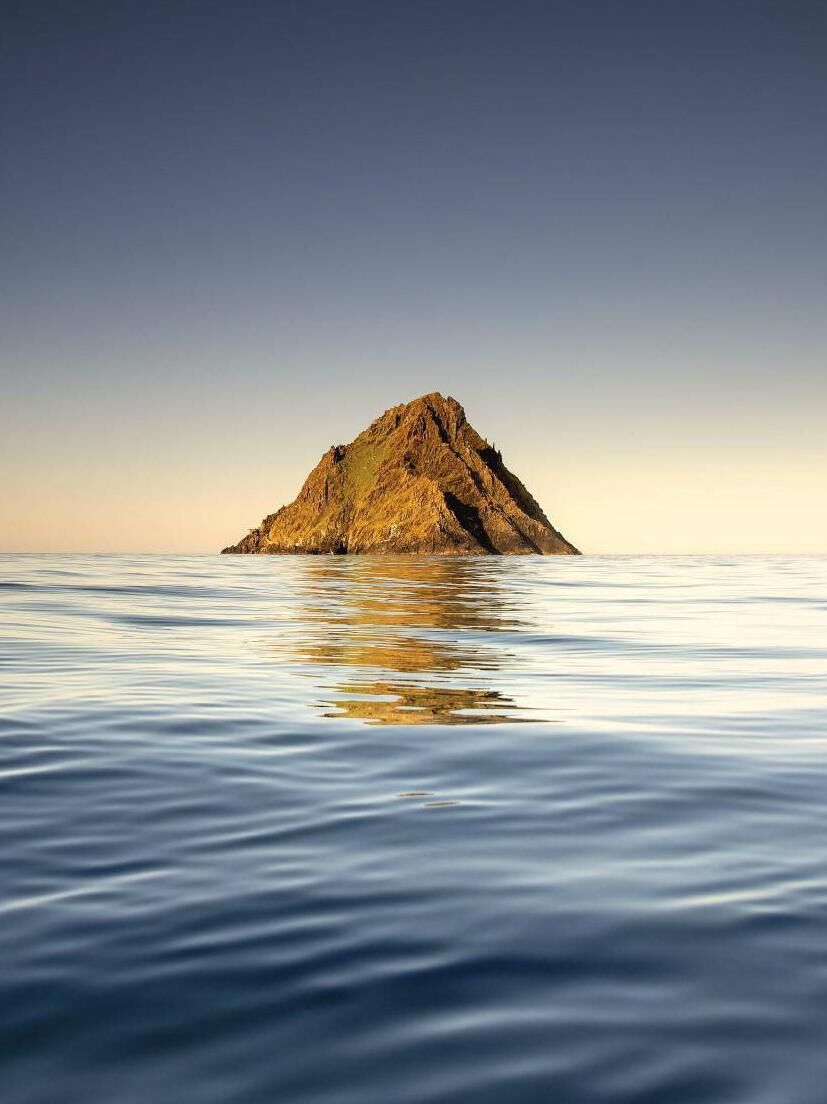
The stunning image — at once both still and transporting — features in McCloskey’s latest book, Kingdom, published this week, a collection of 101 colour photographs of the painterly terrains, poetic waterscapes and evocative built heritage of County Kerry. The third in a series of “monographs of a place”, it follows 2013’s Parklight — Images of Killarney National Park and 2018’s Beara in attempting to capture some of the compelling beauty, serenity and mystery of southwest Ireland.
It also exemplifies McCloskey’s impassioned modus operandi and admirable commitment to his art. Always working alone, he has visited some of the locations featured in Kingdom — places such as St Finian’s Bay, near Ballinskelligs; Derrynane Beach near Caherdaniel; and the Bridia Valley in the heart of the Iveragh Peninsula — countless times over the past 30 years to observe and record them at different times of the day, month and season.
“Even if I know an area like the back of my hand, I enjoy the challenge of trying to achieve something different,” he says. “I’m like a musician reworking a piece of music and finding new depths or dimensions to the sound.”
His approach to subject matter is similarly innovative, especially towards the many images in the book that he captured for the first time. “Rather than trying to do an A to Z of Kerry landmarks, with a ‘Top 50 Instagrammable Spots’ or something, I tried to keep the process organic and responsive. Kingdom is a very personal, even introspective collection of images, and I’m hoping that if it means something to me, if there’s enough feeling and depth in the photographs, then it will also connect in some way with the viewer.”
As Beara-based painter Tim Goulding, an admirer of McCloskey’s work, has written, “Norman works with a painter’s eye. The lens observes the terrain with a taste for internal and external beauty.”
McCloskey was born and brought up in a working-class housing estate in Woodview, on the northern edge of Limerick city, near Thomond Park stadium. He was the youngest of six children, his father left home when Norman was five, and money was tight. “My mother worked hard, we owned our own house and we weren’t poor — it wasn’t exactly Angela’s Ashes or anything,” he says. “But my father walking out the door left behind a kind of emotional grenade and our family life was shattered.”
Much-needed respite came every summer, when the McCloskeys spent holidays in their caravan by the sea in Castlegregory on the Dingle Peninsula. “I wasn’t a sad kid, and I had loads of friends, but even in Castlegregory there were all kinds of domestic struggle and strife, especially cooped up in a small caravan,” he says. “So I spent a lot of time on my own, roaming the sand dunes and walking in the surrounding countryside. It was not only my first experience of the beauty of Kerry, but it sort of set a pattern for my later photographic life.”
By the time he was 20, however, McCloskey was, by his own admission, a chronic underachiever. “I had no talents, no special skills, no educational or sporting ability; life was totally unremarkable and I was destined for absolutely nothing. I was the Grey Man: I had no idea who I was, what I wanted to do, or whether I would ever achieve anything in life.”
That all changed when McCloskey first visited Kenmare for two weeks in 1992. Falling in love with the town and its proximity to “the most beautiful landscape I had ever experienced”, he stayed on, embraced his newfound freedom and found work in a local restaurant. When its Dutch owner René Rietdijk loaned him a Canon SLR camera that he had never used, McCloskey immediately headed out to photograph the local landscape.
“I had never done anything like that before, and had no conscious thoughts about photography, but I was instantly addicted— it just felt perfectly right. And when I got the photos back from the printers, I knew that, even though they weren’t very good, there was something in this, and I wanted to do more. That is the moment that my life changed.”
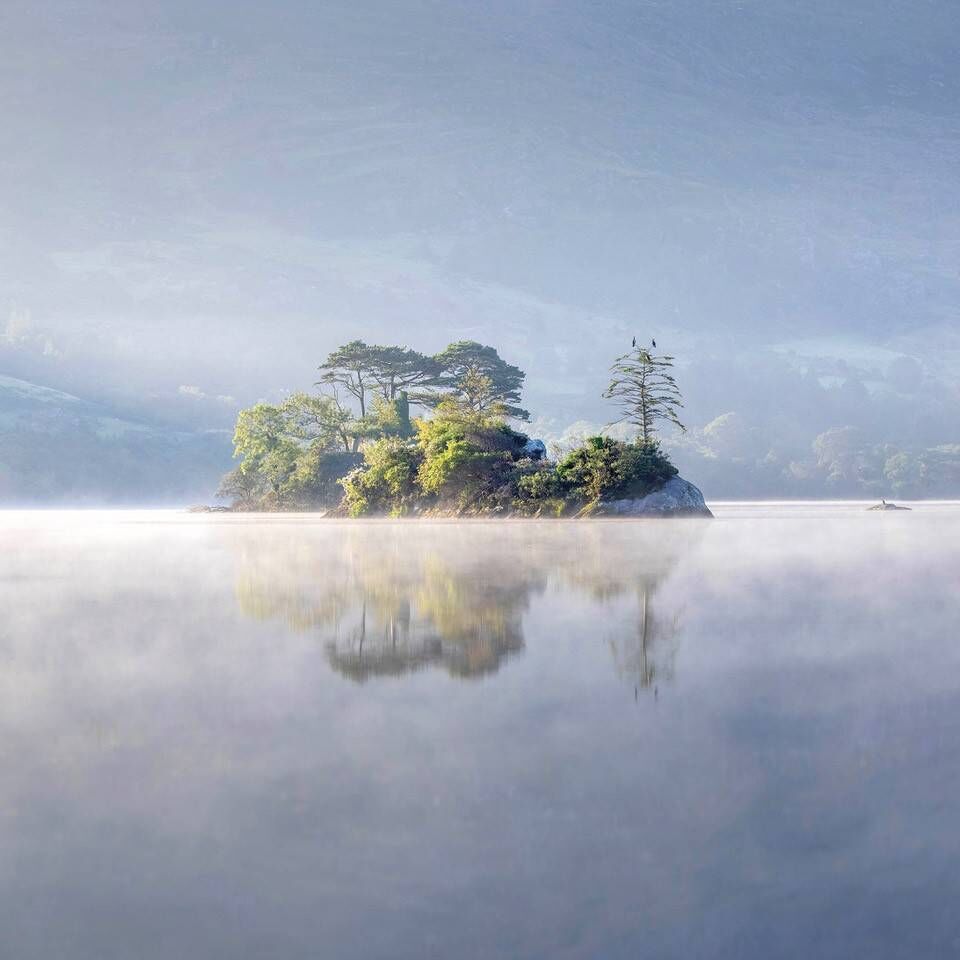
The following year McCloskey won a place on the two-year photography course at Dún Laoghaire Institute of Art, Design and Technology, where he was influenced by the work of such celebrated American photographers as Ansel Adams and Joel Meyerowitz; English landscape photographer Jem Southam later made a similar impact.
He worked for the next five years in Dublin as an assistant to a commercial photographer and as commercial manager and photographer at sports agency Inpho, but the pull of Kerry remained strong. “From the day I left Kenmare, I only ever wanted to go back there,” he says. “I really hankered for the place; every weekend I could, I was back down to Kerry.”
In 2000 he found a way of combining his work at Inpho with a life in Kenmare, by cleverly (and presciently) convincing his boss that he could work just as efficiently remotely. The move, with his now wife Lorraine, allowed him to concentrate more easily on his love of landscape; Parklight eventually followed (as did his teenage daughter and son; “they’re kids of the Kingdom,” he says). In 2015 McCloskey opened his own gallery in Kenmare, which exclusively shows his work, and he went full-time as an independent photographer.
Eschewing publishing contracts in favour of the greater freedom, control and reward, as he sees it, of producing and distributing his books himself, McCloskey has his handsome volumes printed in Italy to extremely high standards. Future book projects will continue his photographic journey of Ireland’s west and southwest through his original take on such storied places as West Cork and Connemara.
In the meantime McCloskey says he plans to maintain his “ongoing internal conversation” with the landscape, to try to work out, no less, “what’s really motivating me, what deeper meanings I’m trying to convey”. One such realisation occurred after his mother died in 2010.
“The day after her funeral, I was at home, rattling around the house, and it was kind of instinctive — I just grabbed the camera and bag and went out for the day. And I ended up in Castlegregory almost by chance. It was February and I was standing on the beach where I would have spent a lot of time with my mum, and I’m obviously processing everything, and it was a beautiful scene, and then to be able to make an image of it — it’s called ‘Castlegregory Light’ and it’s in the new book — and to always be able to connect to that time and place and memory… well, it’s a powerful thing.
“But, look, I still haven’t got it all figured out. But there’s definitely a lot more there than geography, than simply, ‘Man with camera goes into fields!’”
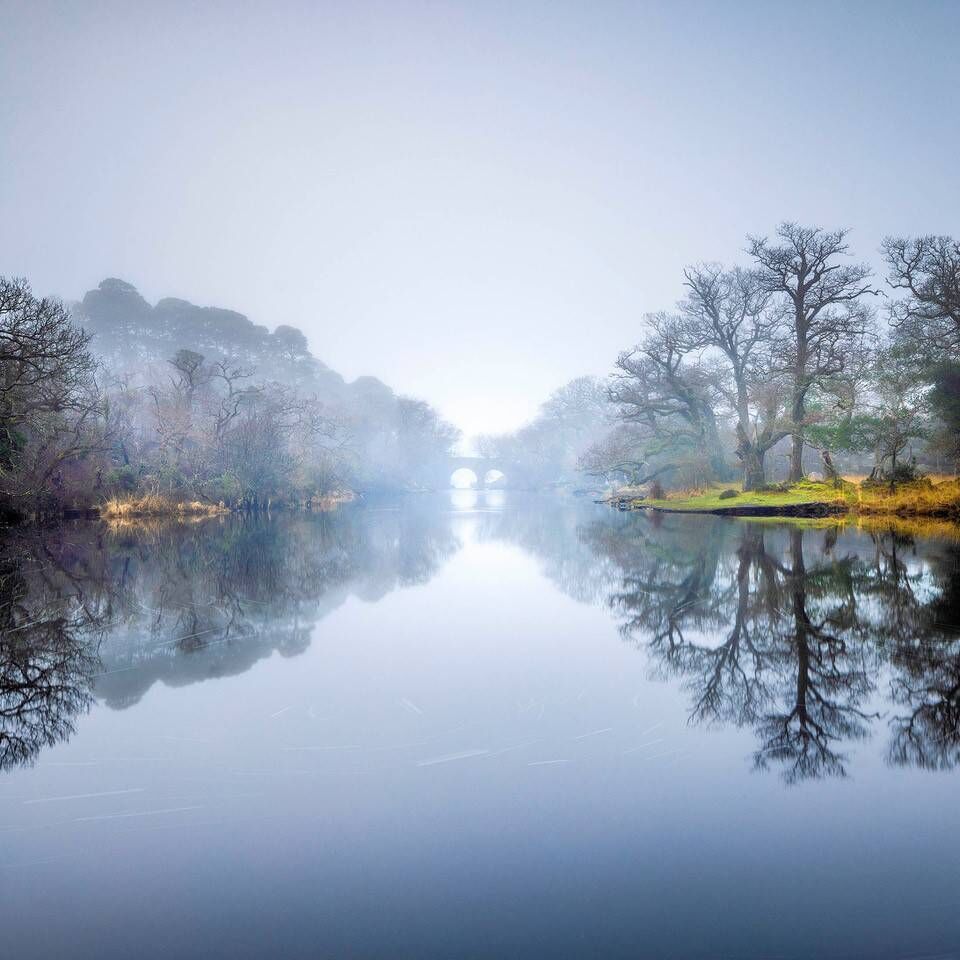
- Kingdom is priced at €45 and is available via the Norman McCloskey Gallery, 4 Main Street, Kenmare, and its website, normanmccloskey.com, and in such outlets as Easons in Killarney and the Irish Design Shop in Dublin
Although he switched from film to digital photography ten years ago, Norman McCloskey’s approach to making images is firmly rooted in his extensive experience as a film photographer. “I use the lightest of touches when it comes to post-processing images, and only apply some light dodging and burning,” he says. “I try to keep the photograph as close to the original scene that I viewed as possible.”
Most of his images have been shot with Canon digital SLRs — most recently with a Canon EOS R5 — on a tripod. While McCloskey occasionally works with long focal length lenses, such as 35mm and 70-200mm, he mainly uses 24mm and 50mm tilt and shift lenses, with manual focus.
“These prime lenses are usually used for architectural work, but I’ve found they perfectly suit my slower workflow, especially for panoramic images, and they offer the best quality,” he explains.

